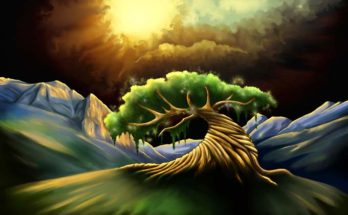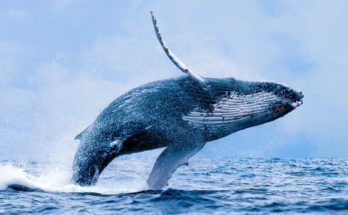This post is part of a synchroblogging project orchestrated by Mahud, the author of a fantastic mythology blog, Between Old and New Moons.
I didn’t know what synchroblogging was (still don’t really), but I gather from Mahud’s post here that participants of this project are to write on the same topic within the context of their niche.
The topic of our collaborative project: Landscapes.
No-brainer for me. I love the creation myths connected with the symbolic landscapes of the Norse.
Below is my perspective on the Icelandic tale of the creation of its fabulous landscape and inception of life (a summarized version, of course):
Prior to the birth of the cosmos, the tip of time marked a fine line between fire and ice.
This division between the realm of fire and ice pinned the definition of duality in place, as no two counterparts could be more different that these.
Separate, they embody dynamic characteristics and appropriately, they house equally dynamic overlords.
Muspell, the realm of fire, was governed by the lava lord Surt, a massive giant and fierce ruler. His heat grew with the passage of time and slight drifts of warmth began to eek into the edges of Niflheim, the ice realm.
As the warmth of Muspell continued to gently wave over the cold lands, the ice of Niflheim began to melt. Over the ages, Ymir, the ice giant lord of Niflheim, was uncovered from his silent, icy catacomb.
As one might imagine, Ymir was a foul-tempered giant (who wouldn’t be after spending an eternity on ice). His ways were bitter, and his driving force was to wreak havoc for Odin, foremost of the Norse gods.
In the end, Ymir’s plot to destroy the gods failed as the gods Vili, Ve and Odin valiantly fought the formidable ice giant and killed him.
Ymir’s death became the legacy of the land.
From his flesh the earth was formed. His blood surged forth and carved mighty rivers througout the newly formed land. Wherever his blood settled and pooled, these became oceans, lakes, and ponds. Rocks, boulders and craggy domains were products of the giant’s teeth and nails.
Lastly, together the gods raised Ymir’s skull and formed it into the chamber of sky, and his brains became the clouds…forever drifting thoughts of his own passing.
Now that’s composting at its best.
That’s my bit of participation. Click on the links below to access all the other entries in this mythological synchroblogging extravaganza:
Post Script: Thanks to Nick Russill for the use of the photo of a fragmented ice cap in Iceland. Click on the image or his name to see his other photos on Flickr.com





Интересует привлечение клиентом или же баннерная реклама? Тогда заверните на отечественный сайт http://www.mediumsurf.com . Наш серфинг веб-сайтов дает допустимый, лёгкий и бесплатный способ продвижения страниц, поднятие мест в рейтингах, накрутка статистики, накрутка счетчика посещений по разным тарифам.